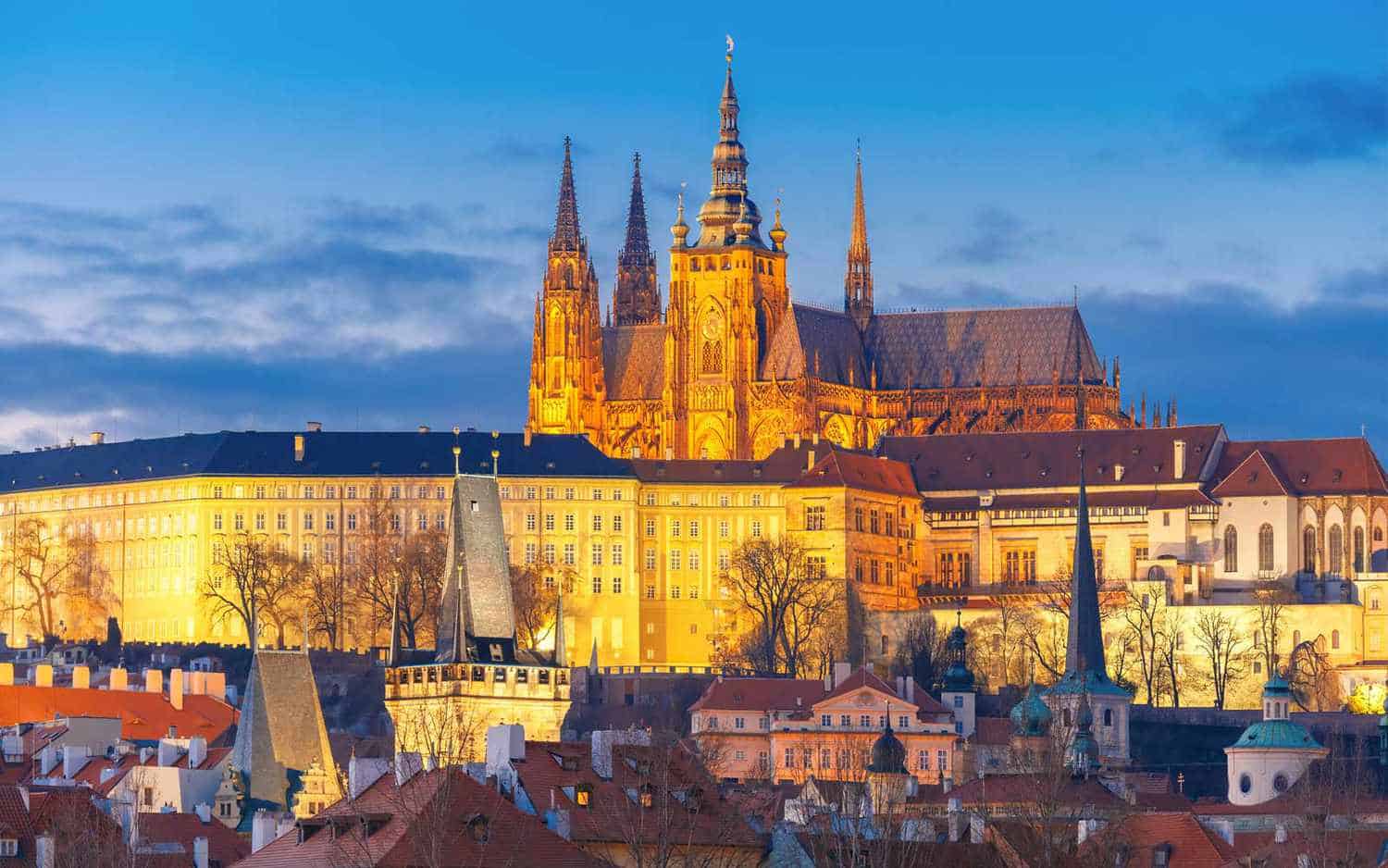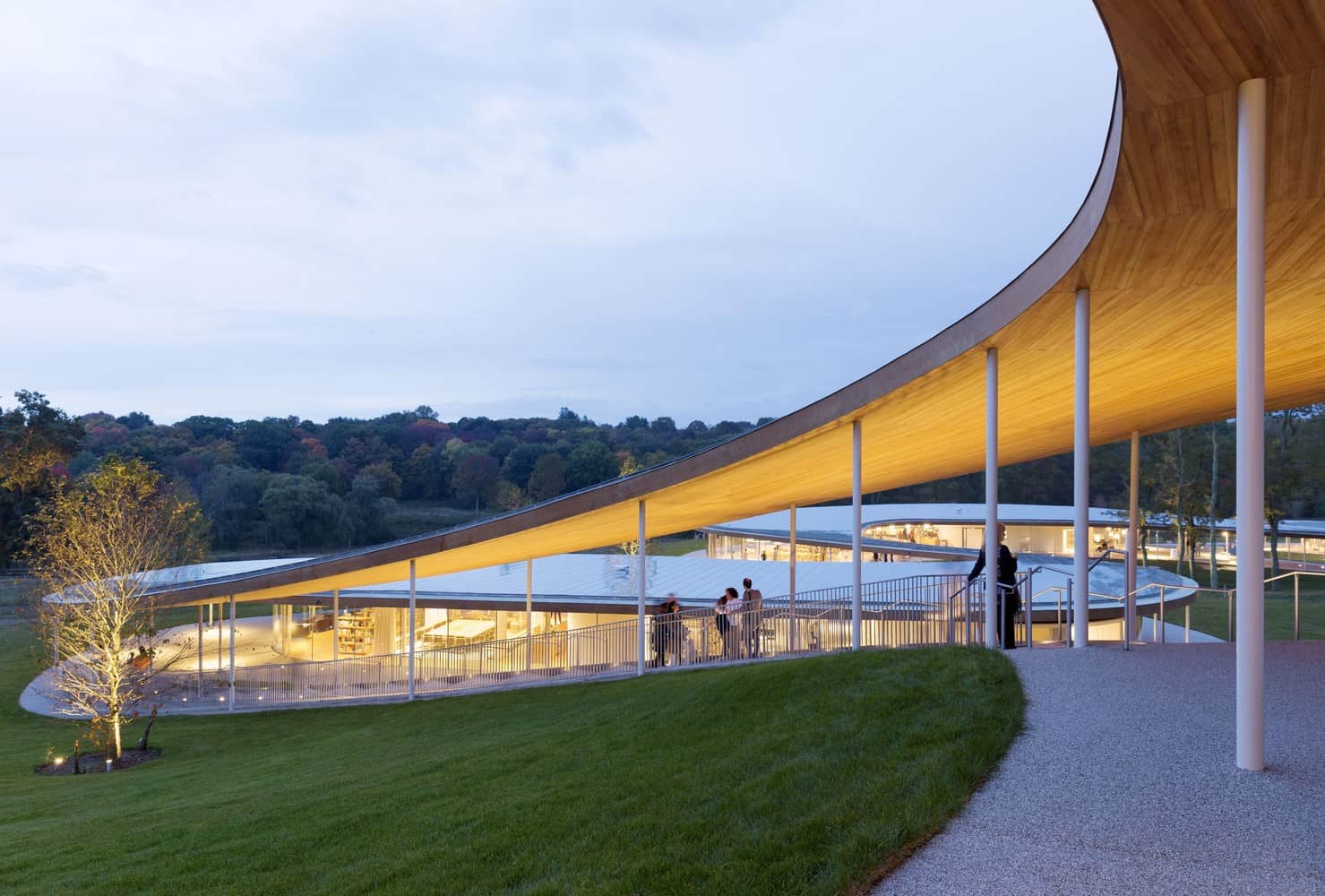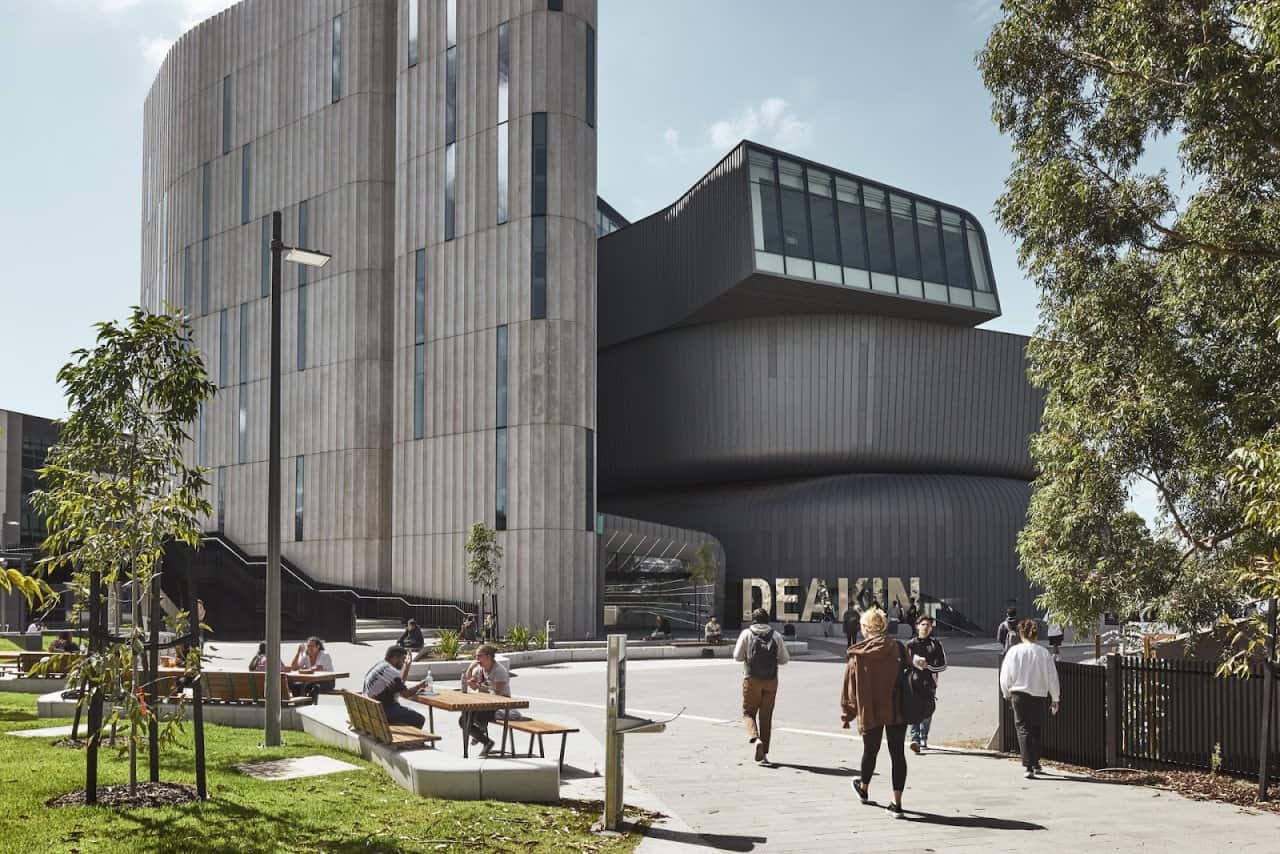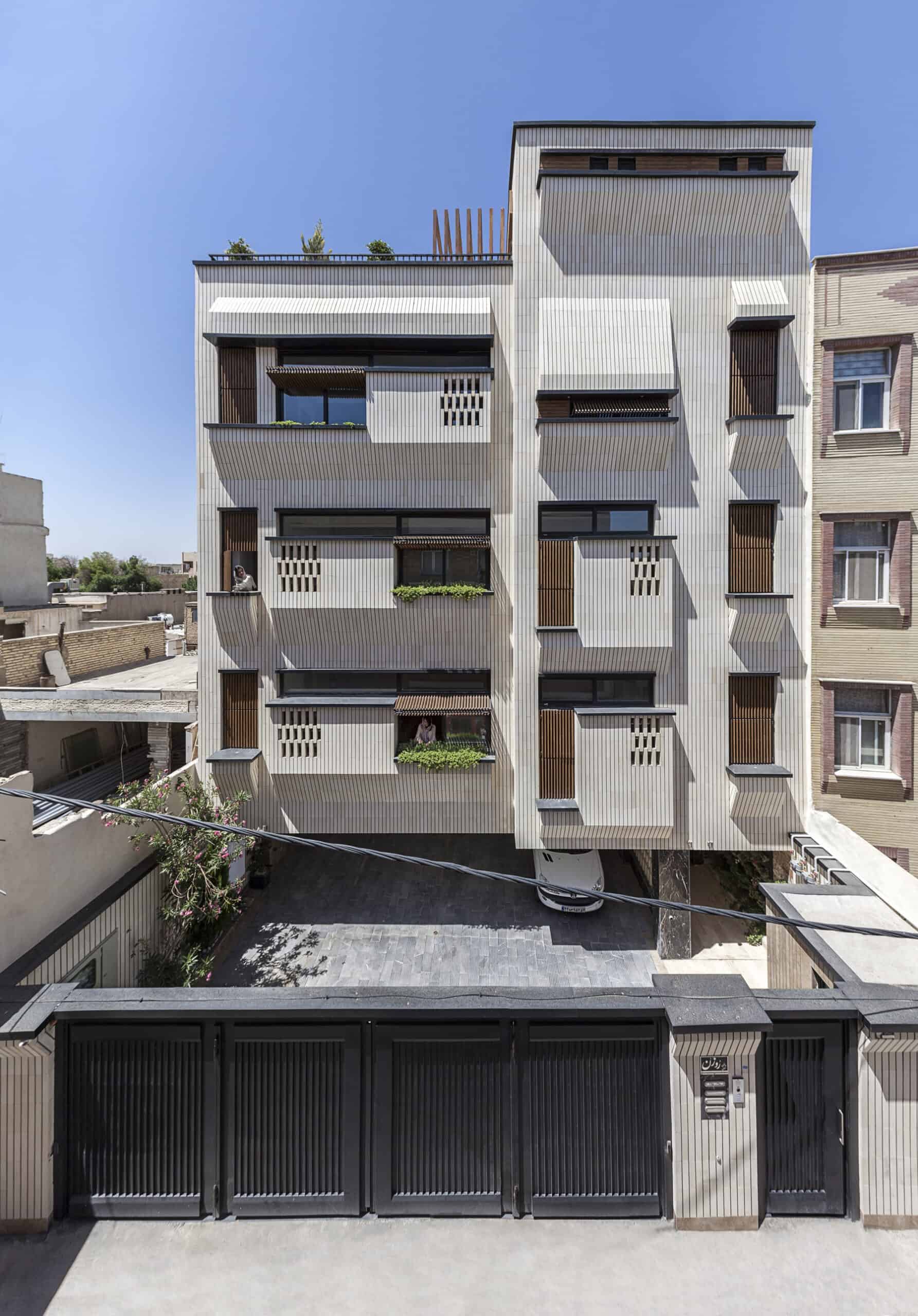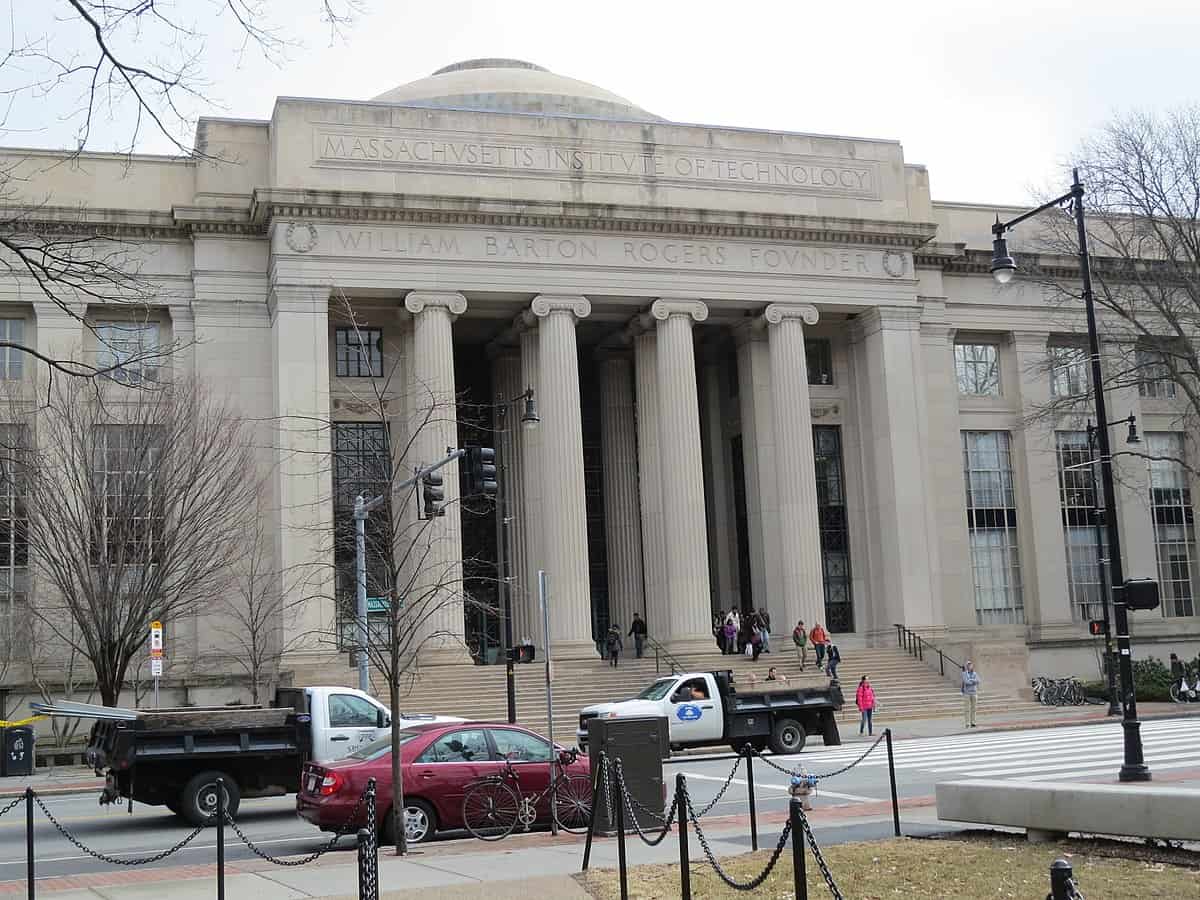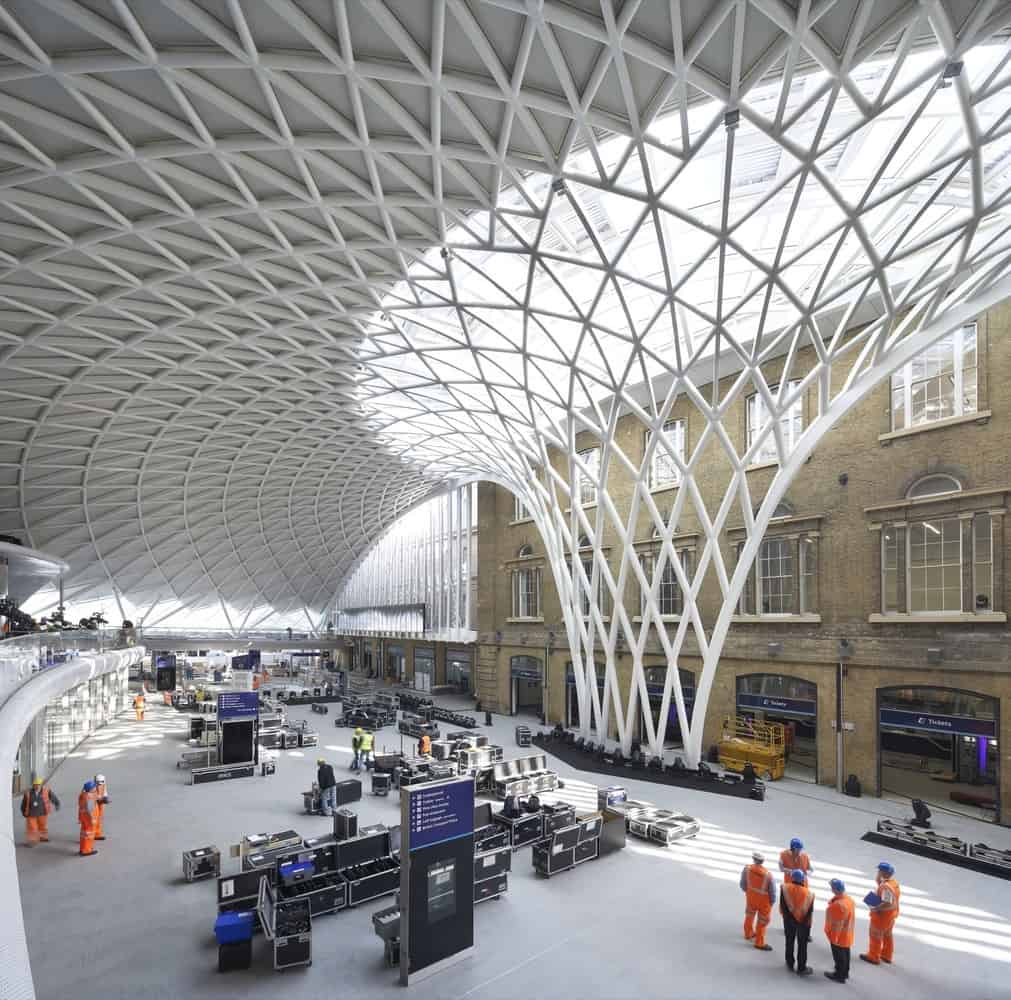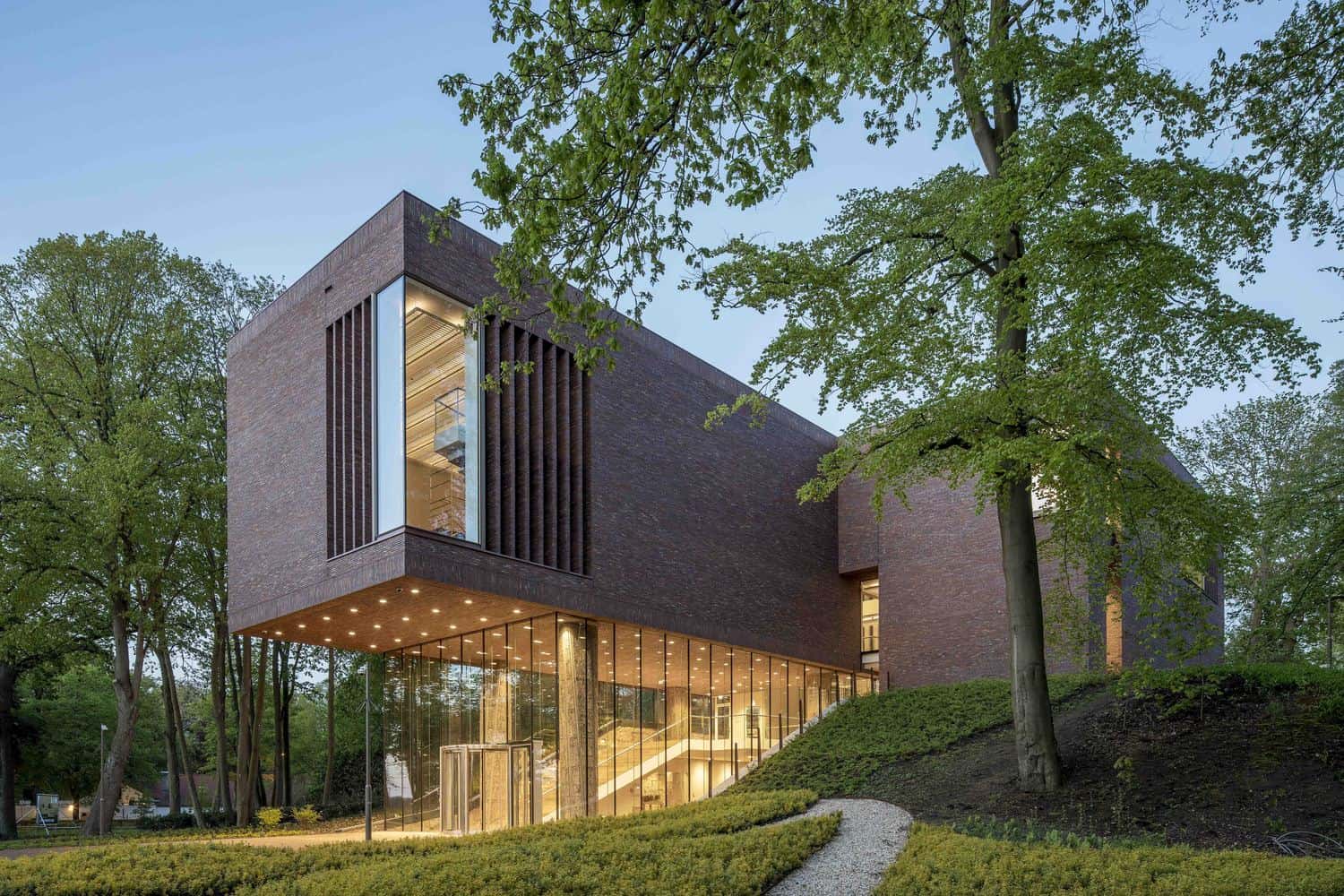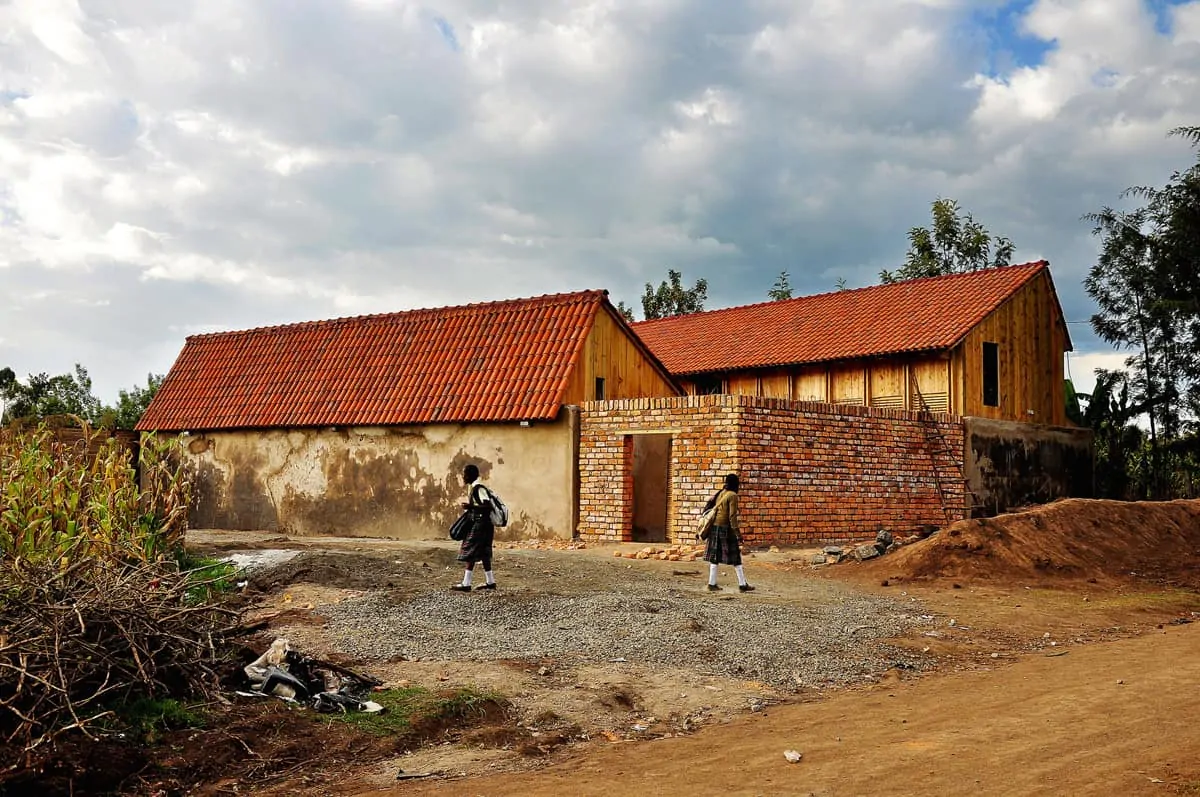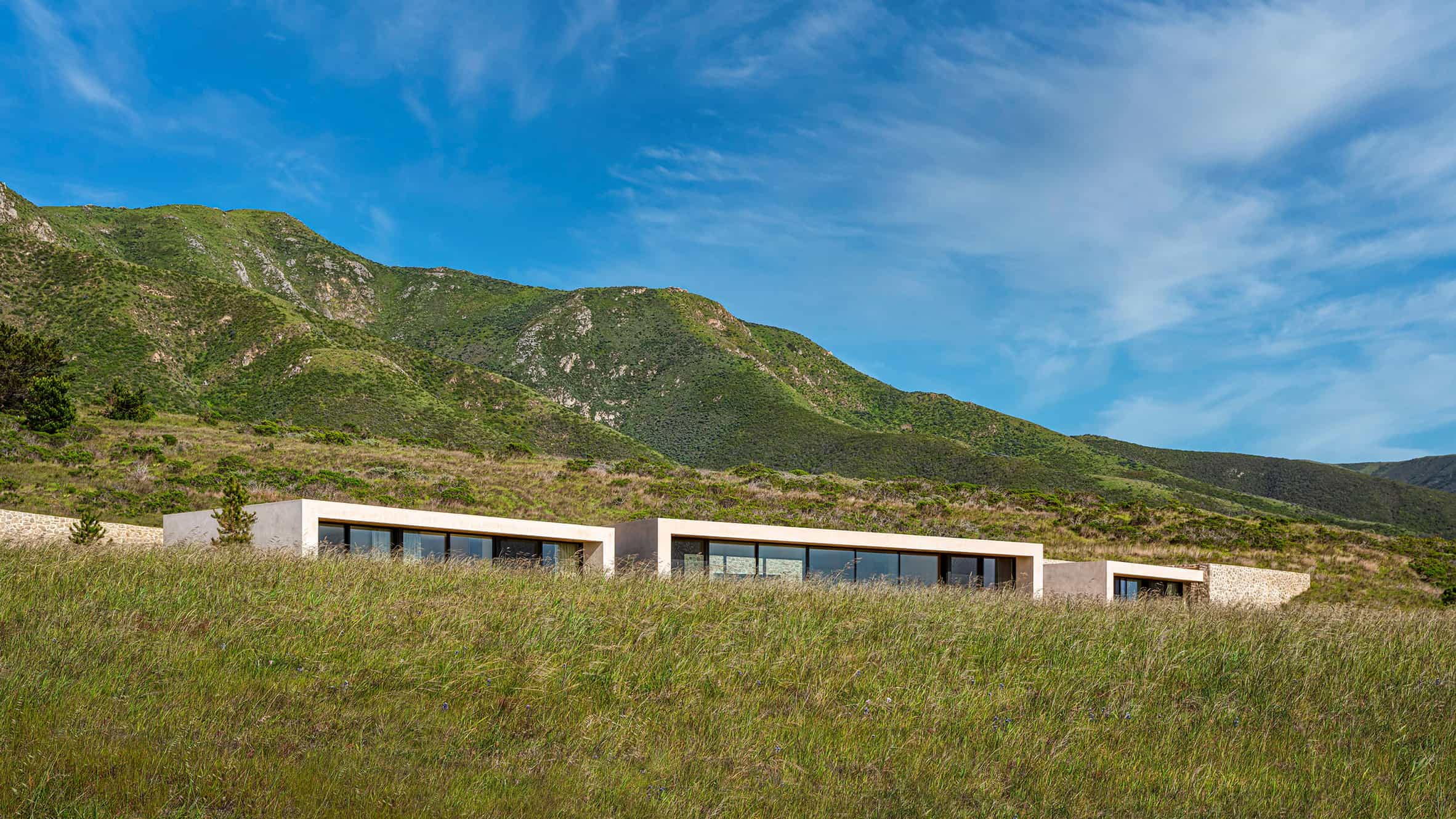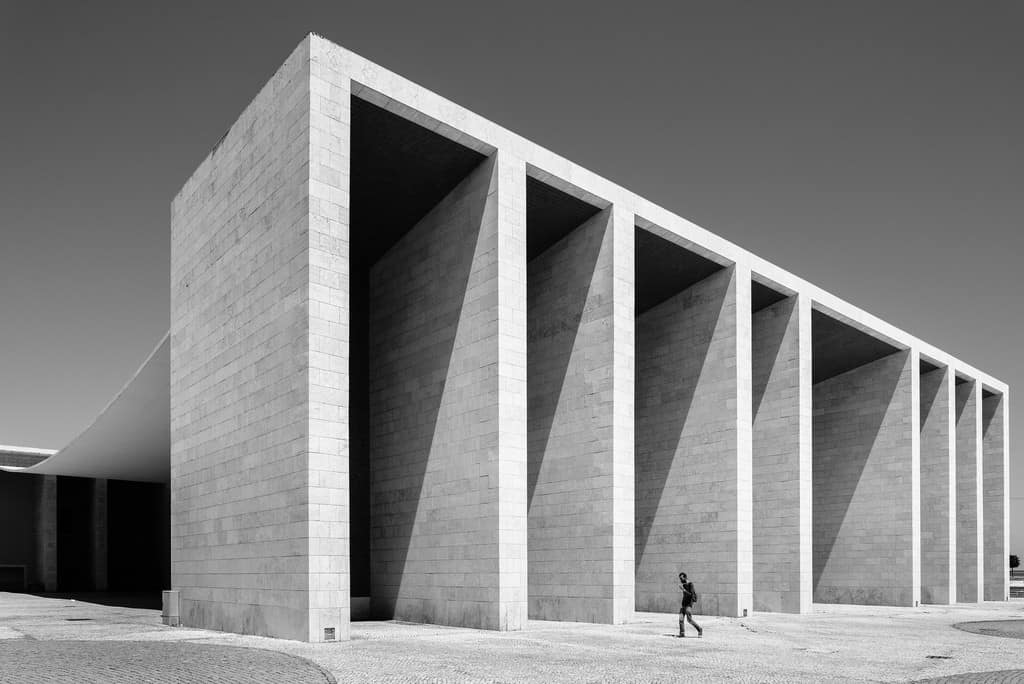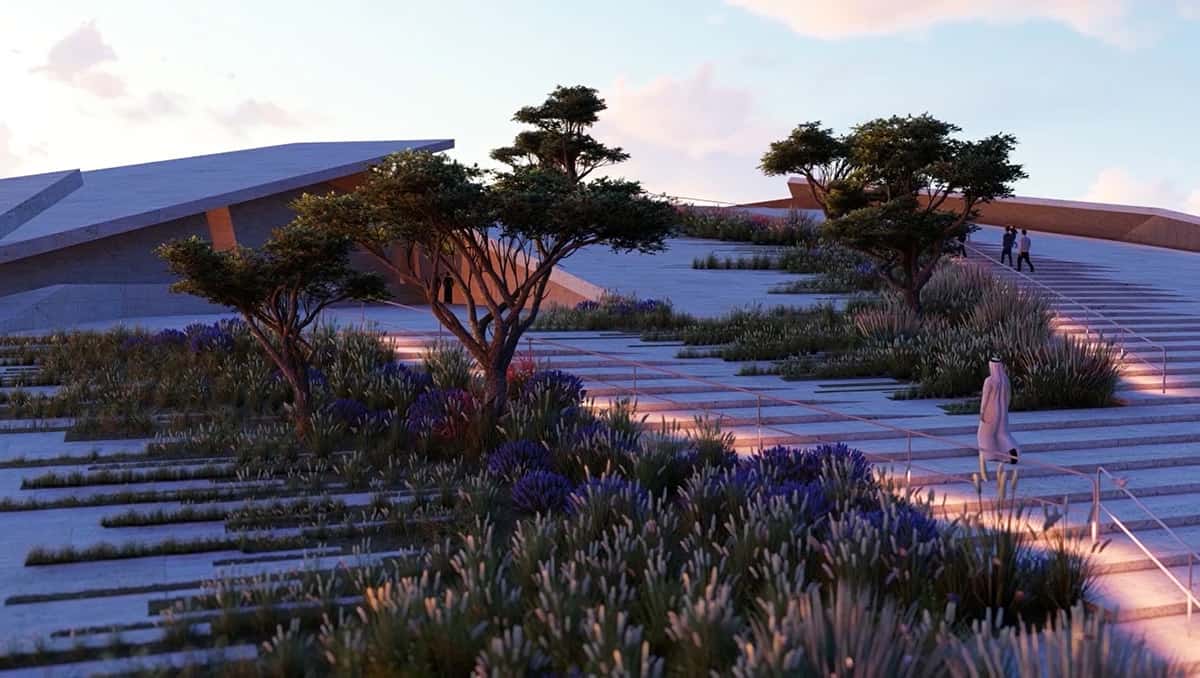In the capital of the Czech Republic, one of the oldest and top tourist sites is Prague Castle. Spanning a total of 753,474 square feet, this architectural wonder has made its place in the Guinness Book of World Records as the world's largest historic castle.
The castle complex is comprised of four palaces, four churches, five halls, four towers, and 11 gardens. It has expansive courtyards, fascinating museums, beautiful fountains, and massive statues.
PartyPoker included the castle in their article ’10 Fantastic Things to See in Prague’ stating that many of the buildings in the complex have immense historic, political and religious significance. St. Vitus Cathedral serves as the final resting place of the much-revered St. Vitus, while St. George’s Basilica is the oldest surviving church structure in the complex. Meanwhile, other buildings serve as houses for leaders of the Czech Republic. The Wallenstein Palace is home to the Czech Senate and includes 26 houses and six gardens, while Lumbe’s Villa in the Northern area of the complex is the official home of the President of the republic.
Construction of the castle first began in the 9th century, in the year 870, with the Church of the Virgin Mary. Since then, the complex has been expanded and renovated in various periods of time. Construction work was ongoing all the way until 1929 with the completion of the St. Vitus Cathedral under Slovenian architect Jože Plečnik. He was also responsible for the modernization of many of the palace’s structures.
With such a lengthy and dedicated construction period, the castle buildings represent virtually every architectural style or theme of the last millennium. This distinction offers visitors and architectural enthusiasts alike a taste of the different design movements from the 9th century onwards.
For instance, the Old Royal Palace was originally built in the 12th century, but was rebuilt several times throughout the years. The resulting structure today is a fascinating mix of architectural styles such as Gothic and Renaissance. It's a regal combination befitting of the most significant secular building in the complex and Prague itself. The palace is also home to the spectacular Vladislav Hall, built in late Gothic style.
Meanwhile, Lobkowicz Palace is a fantastic site with Baroque features. Built in 1550, the palace was renovated under the supervision of Václav Eusebius by the late 1600s in Italianate Style. This influence can be seen in the building’s trompe l’oeil statues of emperors, geometric designs, and other decorative motifs.
Arguably some of the most impressive structures in the castle complex, the Prague Castle churches are a fascinating architectural mix. The imposing St. Vitus Cathedral was built over six centuries and, from the outside, is a classic example of Gothic architecture. However, its richly decorated interiors also reveal touches of Neo-Gothic, Renaissance, and Baroque design, thanks to the many generations it took to build. In Time Magazine’s ‘Prague: 10 Things to Do’ post they recommend also taking the time to marvel at the Art Nouveau stained-glass windows.
The oldest church structure, St. George’s Basilica, was built in 920 in Romanesque style. The All Saints’ Church, built some 300 years later by Peter Parler, is an example of Gothic Revival architecture.
Even the castle’s smaller components are also commendable architectural marvels on their own, as there is a delightful surprise at every turn. The Matthias Gate serving as the entrance to the second castle courtyard was built by Italian architect Giovanni Maria Filippi, and it's another stunning example of Baroque design. The Bull Staircase by Plečnik in the third courtyard is a more modern surprise. Ornamented with tiny bronze bulls, the staircase is part of the architect’s renovation initiative in the 20th century.
All in all, the massive Prague castle complex is a testament to the hard work of countless architects, designers and laborers spanning 13 centuries. It also serves as an open-air museum for architecture under the sky, along with the surrounding cityscape.
Project Information
Architects: Peter Parler, Jože Plečnik, Giovanni Maria Filippi, Václav Eusebius
Location:
Prague, Czech Republic

